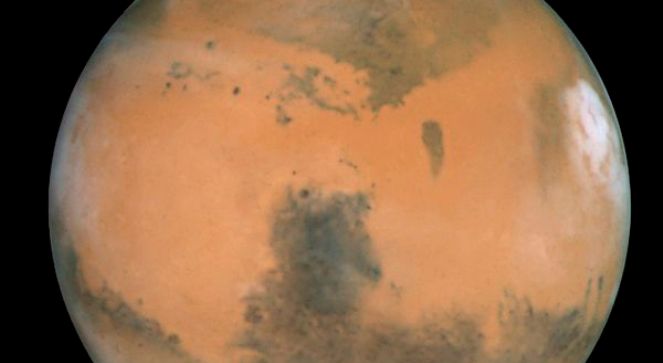polskieradio.pl
Marta Kwa?nicka 11/19/2013

class=”imgLead” id=”photo-desc”> view of Mars. Photo from the Hubble Space Telescope in 2005, described as one of the sharpest pictures Red Planet , photo: Wikipedia / NASA
class=”c4″> Mars Atmosphere and Volatile Evolution Mission (MAVEN) will not carry out research on a dry surface. Instead of undergoing a thorough analysis of the Martian atmosphere and will try to find the prints of the former “glory” of the body.
class=”c4″> MAVEN will also look at how the solar wind blows the molecule after molecule above the Martian valuable relationships.
The probe will
was coming 10 months. At around the Red Planet arrives in September 2014. Upon arrival enters into an elliptical orbit around Mars and start sampling.
class=”c4″> the passing of 49 years since the probe Mariner 4 mission, which first flew around the Red Planet. Since that time already gathered plenty of evidence that Mars was once like Earth. He oceans, rivers, lakes and snow.
– find riverbeds and minerals that form only in the presence of water, – says the head of the mission MAVEN Bruce Jakosky of the University of Colorado.
MAVEN is to determine what happened, that Mars has dried. There are two possibilities: water soaked into the ground or evaporate. Probe check this second version.
(G / Reuters)
See the presentation by Bruce Jakosky’ego a poll MAVEN:
Comments:
sort
data-override-format = ‘true’>
No comments:
Post a Comment